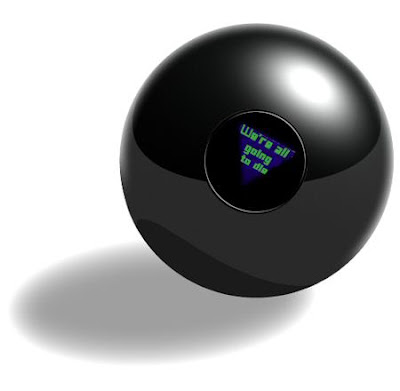IDLEchild
Well-Known Member
So my sibling and I had a discussion. As you know the Mega Millions jackpot is 333 million now...I didn't win (surprise surprise)...
...I said, since you can only pick a # between 1-56, after enough drawings a certain winning number will repeat itself again. Now granted the number of drawings would have to be an astronomical amount but eventually it'll happen.
Sibling disagrees...
who is right?
Also has any mathematician ever taken all the past winning numbers and noticed a pattern emerging ala movie Pi?
...I said, since you can only pick a # between 1-56, after enough drawings a certain winning number will repeat itself again. Now granted the number of drawings would have to be an astronomical amount but eventually it'll happen.
Sibling disagrees...
who is right?
Also has any mathematician ever taken all the past winning numbers and noticed a pattern emerging ala movie Pi?


